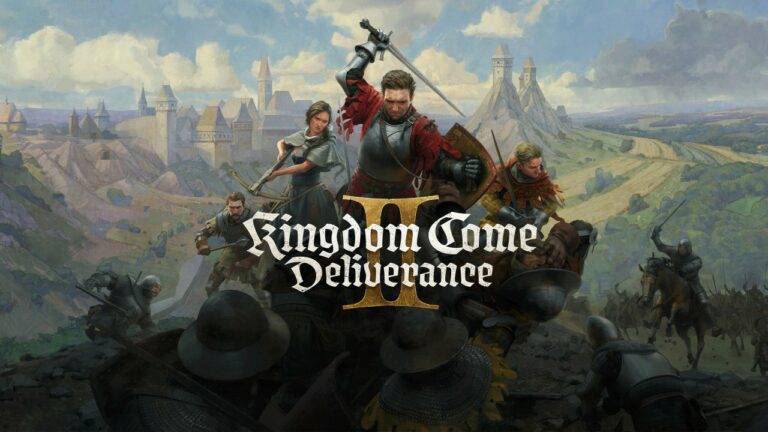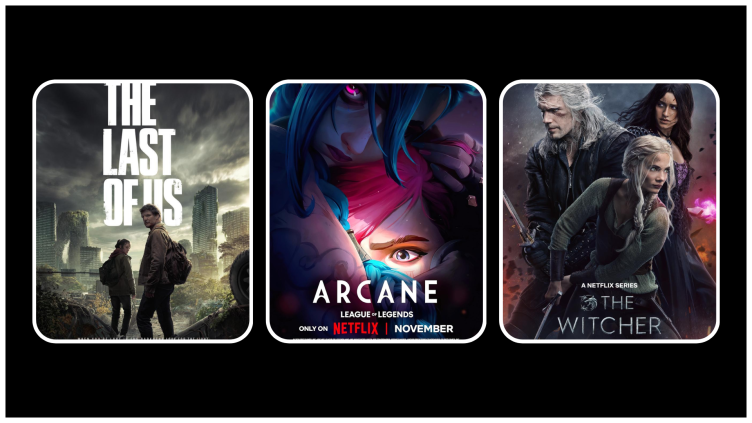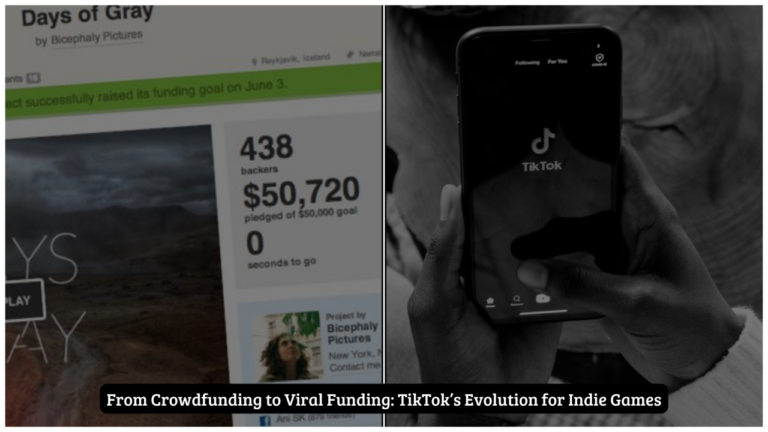-
- Content-informed games The system analyzes metadata from live or recorded video content—be it a sports match, a movie, or a live-streamed event—and uses it to generate games that reflect the themes, events, or emotions of what’s on screen.
- Real-rime tecommendations While watching a Call of Duty live stream, for instance, viewers could receive real-time prompts to join a challenge tied to the streamer’s gameplay. Win a match before they complete their mission? You’re rewarded with exclusive in-game items.
- Immersive story integration Imagine watching a Diablo cinematic trailer, only to be invited to jump into a mini-quest linked to the events unfolding on screen. This isn’t just marketing; it’s a seamless integration of storytelling and gaming.
Activision’s opportunity: Reinventing fan engagement
For a giant like Activision Blizzard, this patent offers tools to engage fans in ways that were previously unimaginable.
Real-world use cases
-
- Esports and live streams: During Call of Duty League events, players watching at home could join exclusive multiplayer matches tied to live commentary or action. For example, if a pro player achieves a milestone, viewers could unlock challenges replicating the feat.
-
- Seasonal events: Games like World of Warcraft or Overwatch could enhance seasonal campaigns by integrating narrative-driven gameplay triggered by promotional trailers or Twitch streams.
-
- Gamified marketing campaigns: Instead of just watching a new Call of Duty trailer, fans could play through a mini-game reflecting the trailer’s plot, unlocking rewards that can be redeemed in the game.
The competitive advantage
In an era where attention spans are short, and audiences demand immersive experiences, integrating streaming and gaming positions Activision as a pioneer. This isn’t just about entertainment—it’s about building deeper, longer-lasting connections with players.
How Activision could lead the charge
Activision already dominates with massive multiplayer ecosystems and engaging live events. Here’s how this patent fits seamlessly into its strategy:
-
- Enhancing franchises Imagine if Call of Duty: Warzone offered dynamic challenges based on Twitch streams or in-game events. Or if Hearthstone allowed players to unlock collectible cards by solving puzzles tied to streaming content.
-
- Streamlining esports Activision’s esports platforms could use this technology to blur the lines between spectator and participant. Fans wouldn’t just watch; they’d play alongside their heroes, earning bragging rights and exclusive loot.
-
- Next-level player retention This integration ensures fans are always engaged, whether they’re actively playing or passively watching. It’s a 360-degree approach to fan interaction that keeps them in the Activision ecosystem longer.
The future of interactive gaming
Activision isn’t just a game developer; it’s a world-builder. From Azeroth to Verdansk, the company has always pushed boundaries. With the capabilities outlined in this patent, Activision could lead the charge in creating an entirely new genre of interactive entertainment, where the lines between gameplay, storytelling, and viewing dissolve.
Final thoughts
As the gaming industry continues to evolve, innovations like this patent are poised to redefine what’s possible. Activision has the expertise, the franchises, and the audience to bring this vision to life, transforming the way we play and watch games forever.
Could Call of Duty, Overwatch, or Diablo soon offer gaming experiences intertwined with live streaming content? With this technology in Activision’s hands, the answer is a resounding “yes.”
The future of gaming is here—and Activision might just be the one to lead us into it.



